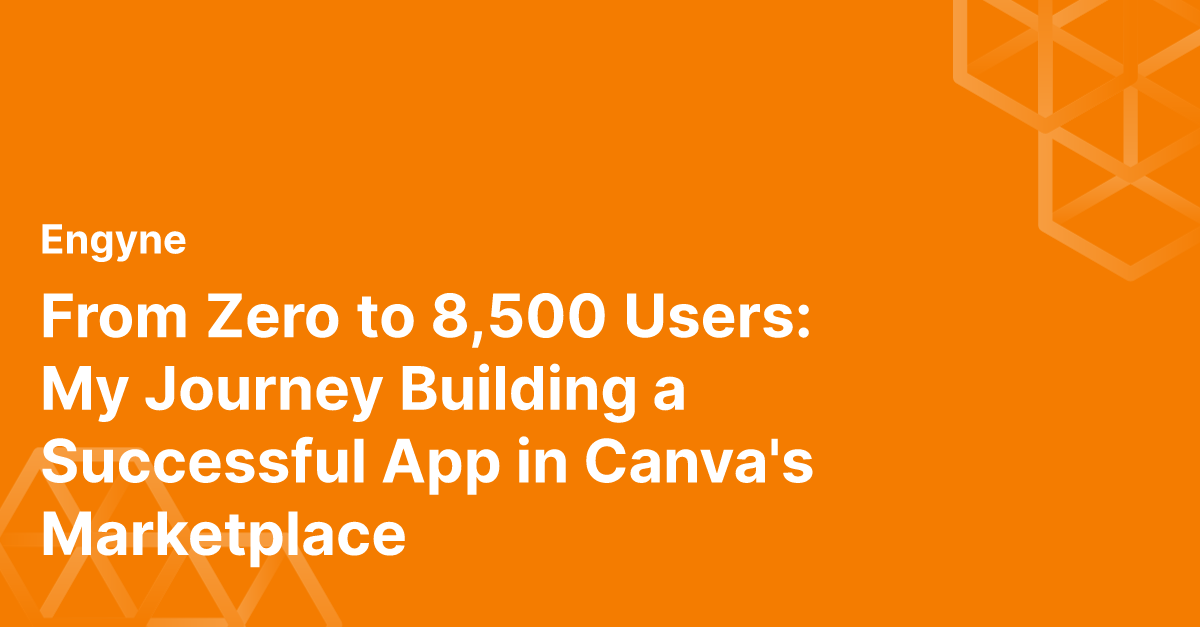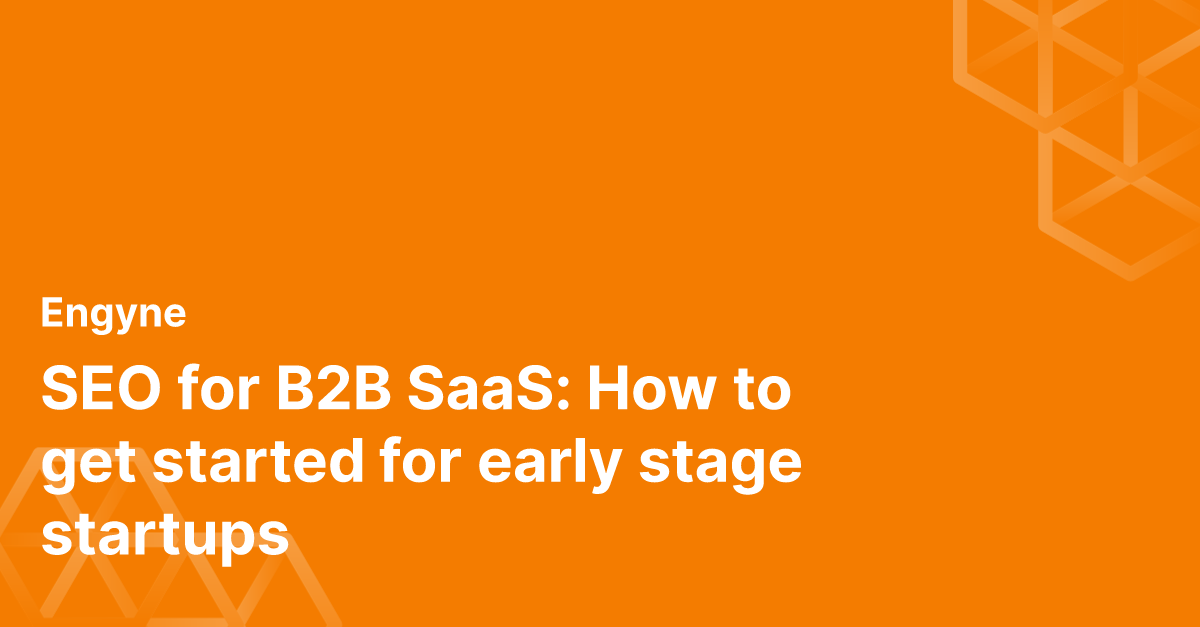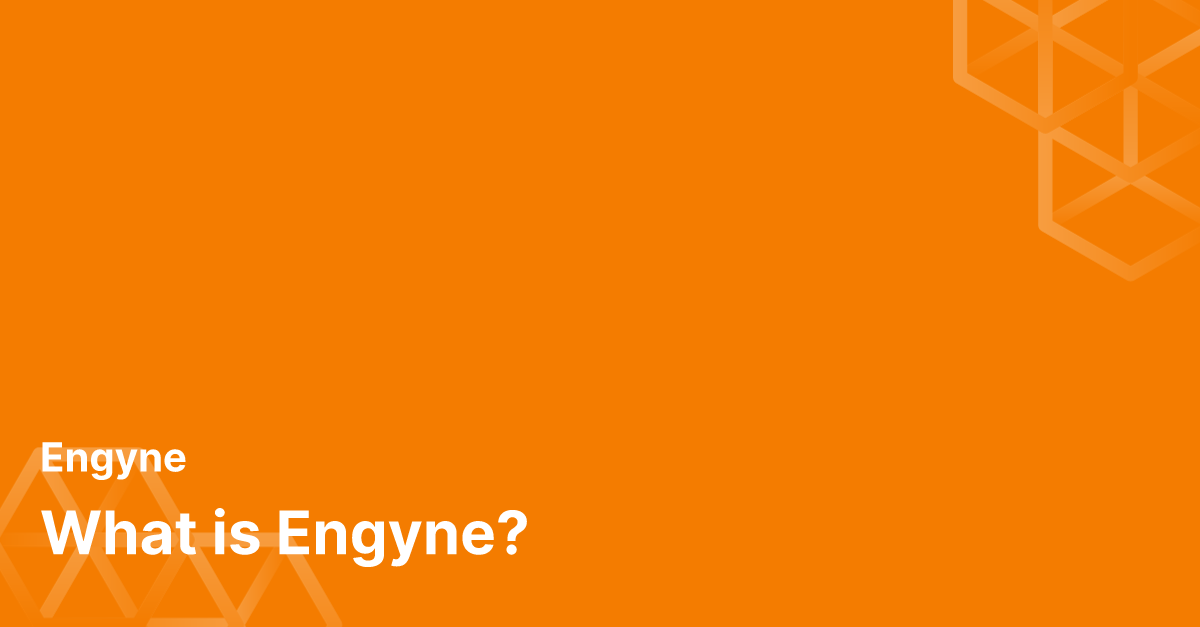It all started at Canva's AISF conference. I was there on the marketers' day, not expecting to stumble upon an opportunity that would shape my next venture. While wandering the conference floor, I spotted a small booth showcasing Canva's App Marketplace. Within minutes of learning about the program, I was on my phone, poring over their technical documentation. By the end of that day, I had not only drafted multiple app ideas but also managed to catch the attention of Anwar, Canva's head of ecosystem.
Ten and a half months later, my LinkedIn carousel creator app has reached 8,500 monthly active users—without spending anything on marketing. Having previously built for the Stripe marketplace, I saw this as another opportunity to leverage an established platform for growth. Let me share what I've learned about building a successful app in today's marketplace ecosystem.
## Why I Chose Canva's Platform
When people ask me about platform selection, my answer is simple: it's about the numbers. Canva has millions of monthly users worldwide. As I often explain, "If million people use that, it's not hard to think that a couple thousand people would use your app." This wasn't just theoretical—I had already seen success with this approach in the Stripe marketplace.
The Canva App Marketplace was relatively new, launched just two to three years ago. It allows developers like me to enhance Canva's core functionality through additional apps, ranging from gradient generators to background removers. This timing proved crucial to my success.
## My Controversial Approach to App Ideation
During a recent interview about my development process, I shared what some might consider a controversial opinion about app ideation. When asked about my research process and how I decided what to build, I explained: "This is where you actually don't want to start off with what people want."
Instead, I follow a three-layer approach:
1. Technical Documentation First: Before anything else, I dive deep into understanding the SDK's limitations. During the conference, I immediately started reading Canva's documentation on my phone. Why? Because no matter how great your idea is, if the SDK doesn't support it, you can't build it.
2. Market Needs: Once I understood the technical boundaries, I looked at how people were using Canva. I noticed a strong trend of users creating LinkedIn content, particularly carousels.
3. Product Integration: The final layer was considering how this could integrate with my existing products. I was already building an SEO tool, so initially, I considered creating a blog post image generator.
## The Technical Journey: From Concept to Code
When I started building, I had two main ideas: a carousel maker and a blog post image generator. The technical implementation would be quite different for each. Let me break down my development process:
1. SDK Exploration
- First week: Built small test implementations to understand Canva's SDK capabilities
- Focused on understanding UI component limitations
- Tested basic operations like adding text boxes and handling user input
2. MVP Development
- Chose the carousel maker for its simpler technical scope
- Spent two weeks building the core functionality
- Key technical challenges included:
Working within Canva's design system constraints
Implementing proper state management for carousel slides
* Handling edge cases like empty fields and invalid inputs
3. Review Process Implementation
The review process was more intensive than the development itself. During a discussion about this phase, I revealed, "I'm now just sitting at 28 iterations today. That means not only not that I built that 28 times, it's that I built the app, and then I got it to review stage 28 times."
The technical review process consists of five stages:
```markdown
1. Functionality verification
2. UI element compliance
3. Design guideline adherence
4. Technical component usage review
5. Final technical check
```
When asked about this process, I explained, "Each of those stages, especially the first three, take like two weeks... at any point, if that is kicked back to you, you get a PDF file that has a screenshot of the issue, and then how you should be solving that issue."
## Growth Through Word of Mouth
During a recent conversation about user acquisition strategies, I was asked how I reached 8,500 users without marketing. My response surprised many: "I actually didn't do any outside marketing other than making the app so better on its own." The organic growth came from user recommendations: "One person using it brings a lot of other people that could be also using it. If I like it, I'll call five of my friends to use it."
However, gathering feedback proved challenging. When asked about user feedback mechanisms, I shared one of the biggest platform limitations: "That's the hardest part, which is people using the app can't give you feedback. There's no way to, there's no feedback button or anything like that." To overcome this, I leveraged Slack communities and personal networks for feedback.
## The Canvas Innovation Fund Opportunity
The Innovation Fund was a key motivator in my decision to build. When asked about its impact, I explained: "The Canvas Innovation Fund is basically a way for them to motivate developers to be able to build more stuff for the Canva app store." The requirements are straightforward:
- Your app must be free
- You're only eligible during the first year
- The first milestone is reaching 10,000 users
As I shared in my recent interview, "It did help motivate me to build an app because I knew if I could get to that milestone of like the first milestone is 10,000 users that I would get, you know, paid back for my effort."
## The Early Bird Advantage
Having built for both Stripe and Canva's marketplaces, I've learned a crucial lesson about timing. When asked about the biggest learning from both experiences, I emphasized: "You want to be early in these things because when the program is early on, they're putting more money into this and they want to help more people get started."
Being early means:
- More features and promotional opportunities
- Direct support from the platform team
- Better organic growth potential
- Higher visibility for potential acquisition
## Advice for Future Marketplace Developers
For those considering building for platform marketplaces, here's my advice based on my experience:
1. Start with Technical Documentation: Understand what's possible before dreaming up features.
2. Build Fast, But Prepare for Reviews: What took me two weeks to build required a month and a half to get approved.
3. Monitor Early Traction: As I often advise, "In two months, if you see that not a lot of people are using it, you basically have to bail on that and do something else."
4. Leverage Platform Programs: Take advantage of initiatives like the Innovation Fund when available.
The opportunity in marketplace ecosystems is significant, but success requires the right approach and timing. As my journey shows, sometimes the best growth strategy is simply being in the right place at the right time with the right product—and being willing to iterate until you get it right.
6 min read — Published 4 days ago
From Zero to 8,500 Users: My Journey Building a Successful App in Canva's Marketplace
From Zero to 8,500 Users: My Journey Building a Successful App in Canva's Marketplace

About the author

Sukhpal Saini
Sukh is the CEO & Founder of Engyne. He has previously worked as a Software Engineer building ML infrastructure for companies like IBM, Apple, and Saks Fifth Ave. He now consults numerous Bay Area startups on growth using SEO & Content Marketing.
Share this post
Sign up for our newsletter
Be the first one to know when we publish next
Don't worry, we'll never share your email with anyone else
© 2025 Engyne

